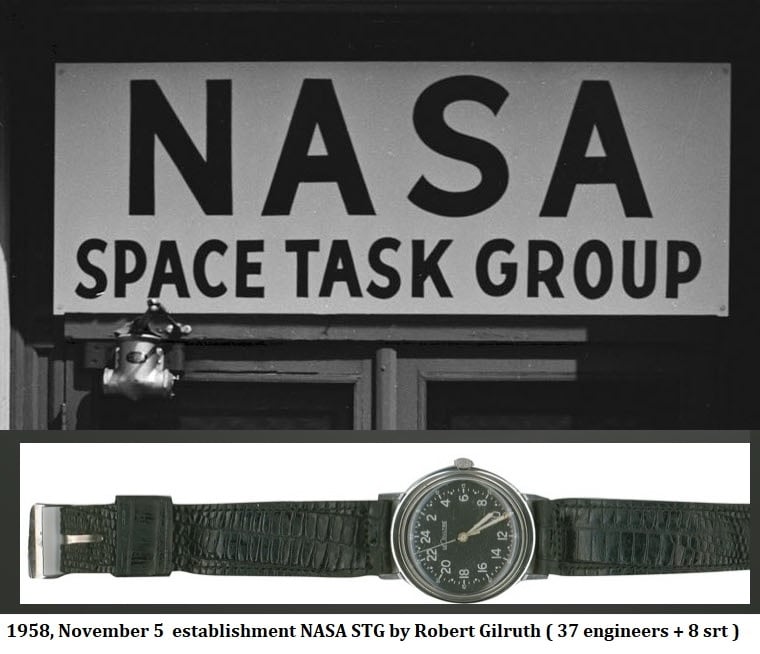August 1971... a prototype 44 mm Bulova chronograph was worn on the Moon by Apollo 15 commander David Scott
November 1972... Bulova trying to get on the Moon:
☕
In a letter dated November 17, 1972 NASA administrator James Fletcher acknowledged the fact that the Bulova chronograph was unacceptable for flight as it stopped during the humidity and acceleration tests. NASA will continue to use the Omega watch in the Apollo program.
However, as Apollo 18, 19 and 20 had been cancelled (September 1970), Bulova saw the final Apollo 17 mission as the last chance to get their chronograph onto the lunar surface.
At that moment, in August 1971, a 44 mm prototype Bulova chronograph 885104 had already been worn/tested on the lunar surface by Apollo 15 commander David Scott.
Bulova reminded NASA that many specially-commissioned clocks and watches were already in use onboard military aircraft & spacecraft and other branches of the US Government.
Bulova pointed out the obvious advantages of their chronograph:
Vapor blast dull finish to stainless steel case & crown eliminating glare and reflection
Large specially designed low friction chronograph levers ideal for use with gloves
Five time increase in brilliance in total darkness of hour markers and hands
Uncluttered dial with trade references reduced
Flat crustal tempered glass anti-reflection coating MIL-C-675 specification
☕
Again, NASA engineers concluded that despite some of the Bulova features and the “Buy American” were desirable, changing watches would require a competitive procurement and requalification. An action which would require considerable expenditure of money and manpower, which is not programmed into present resources allocation.
In a letter dated November 17, 1972 NASA administrator James Fletcher acknowledged the fact that the Bulova chronograph was unacceptable for flight as it stopped during the humidity and acceleration tests. NASA will continue to use the Omega watch in the Apollo program.
During the 1972-1973 Skylab space station program, three battery-powered Bulova timers were flown onboard NASA’s first manned space station. These portable flight-qualified analog timers were built by McDonnel Douglas Astronautics and the Bulova Timer Laboratory for exclusive use onboard the Skylab Orbital Workshop.
In 1975, a Bulova clock was integrated into the Apollo-Soyuz American Command Module molecular biology/biochemistry electrophoresis experiment.
In June 1983, onboard space shuttle Challenger mission STS-7, NASA astronaut Norman Thagard wore a three-line dial Bulova Accutron Astronaut tuning fork pilot watch besides his NASA-issued Omega Speedmaster, commemorating the May 1963 “Faith 7” flight of Leroy Gordo Cooper who wore his personal Accutron Astronaut and Omega Speedmaster CK2998-4 chronograph.
Anno 2023, we celebrated
60 years Bulova Accutron pilot wrist watches in space and a thematic collection isn't complete without one !
.
















